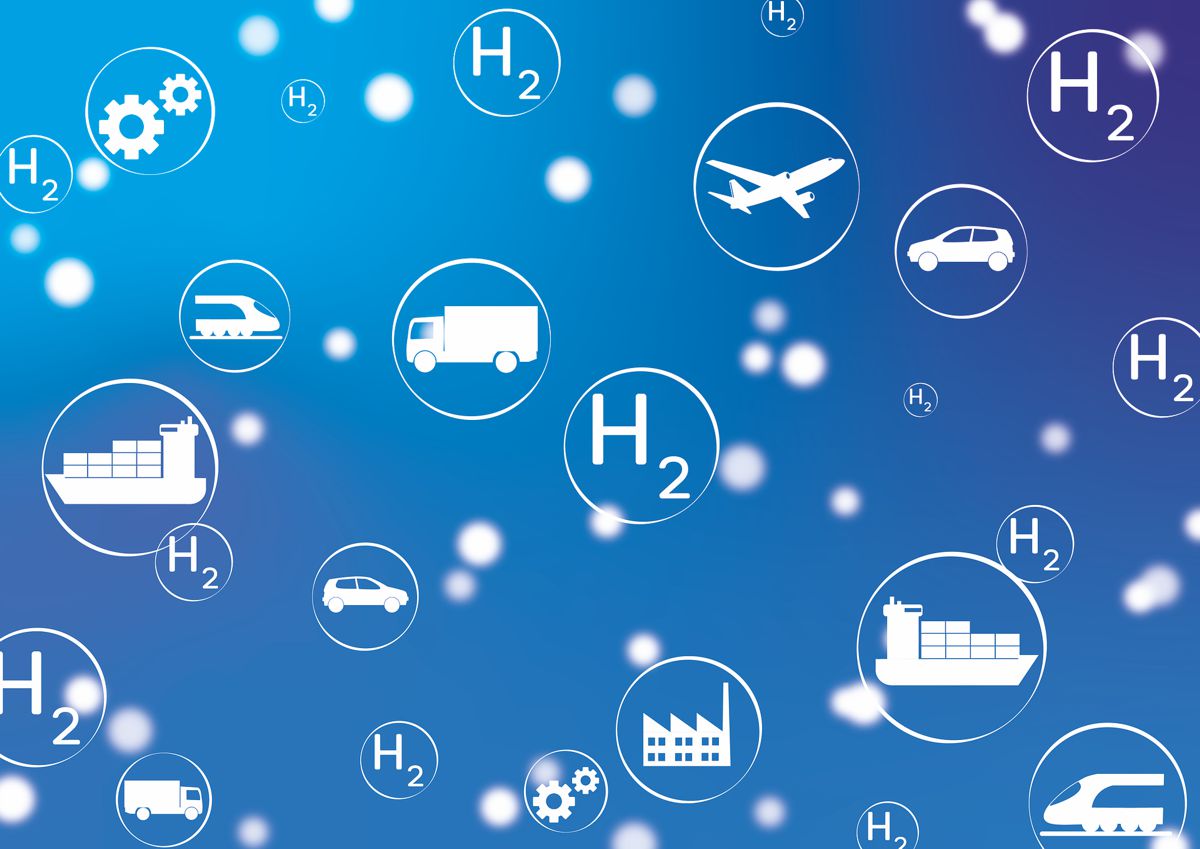UNECE develops Classification System for Hydrogen
Hydrogen is already strongly present in the mainstream media, where ‘colours’ of hydrogen – green, blue, yellow, turquoise, grey – refer to different production methods. Such colour coding, however, conveys little information about associated carbon dioxide emissions, let alone about other economic and social consequences of hydrogen production or trade.
“We urgently need to understand and measure the sustainability credentials of hydrogen. UNECE’s Committee on Sustainable Energy and its subsidiary bodies could help UNECE member States to go ‘beyond colours’ and agree on how to quantify the sustainability of hydrogen”, said Ms. Olga Algayerova, Executive Secretary of UNECE.
The President of the European Commission, Ms. Ursula Von der Leyen, in her State of the Union address this month, announced that the EU plans to produce 10 million tonnes of renewable hydrogen by 2030. To this end, the EU intends to set up a European hydrogen bank in which it will invest €3 billion to help build the future hydrogen market.
“The EU initiative is a most welcome development. I hope that other countries in our region, including Canada, the Central Asian economies, Russian Federation, Turkey, United States, etc., will follow the EU along this path. But for that to happen, many fine details need to be sorted out. For example, how do we measure the ‘greenness’ of hydrogen? Are green and sustainable different and, if so, is there a trade-off between them? We should apply the same criteria in all parts of the vast UNECE region. For that, we must speak the same language. The Group of Experts that I Chair, and the Committee as a whole, could help with that”, said Francisco de la Flor García, Chair of the Group of Experts on Gas.
Hydrogen could be the key to a low-carbon and resilient energy system that provides access to affordable, reliable, sustainable, and modern energy for all, and supports the transition to net-zero GHG emissions. On 22 September 2022, the Committee on Sustainable Energy at its 31st session discussed a “Comprehensive and science-based terminology, classification and taxonomy for hydrogen”, and decided that the United Nations Framework Classification for Resources (UNFC) be extended to hydrogen through development of specifications for the application of UNFC to Hydrogen as a matter of urgency.
While GHG emissions are the key criterion, there are other economic and social concerns that should be considered. Application of the United Nations Framework Classification for Resources (UNFC) to hydrogen could help provide a comprehensive and comparable grid to assess these.
UNFC is a global standard for the sustainable management of natural resources such as minerals, petroleum, nuclear fuels, anthropogenic resources, renewable energy, geological storage, and groundwater. UNFC makes it possible for countries to manage their resource base as an integrated whole, ensuring environmental-social-economic viability.




















